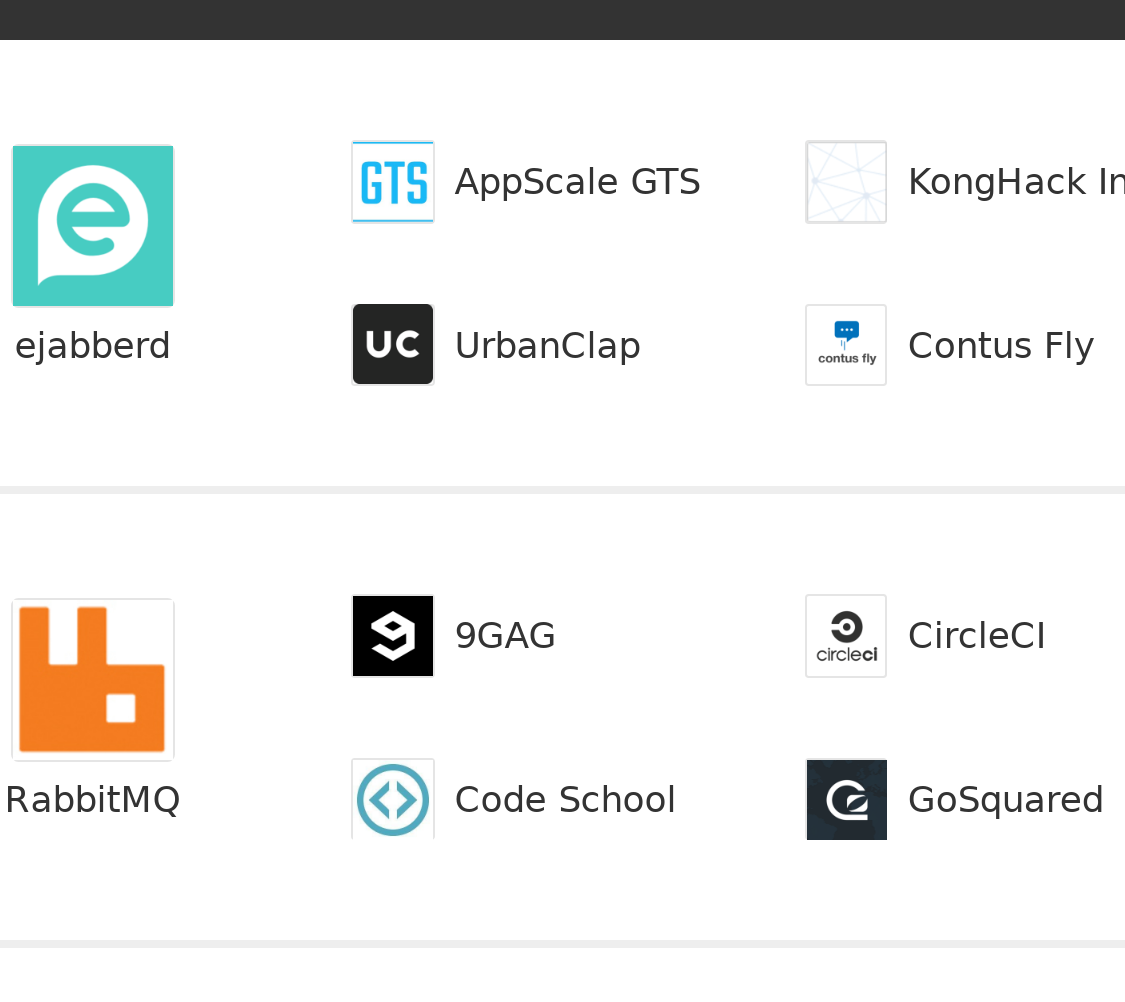Ejabberd vs. RabbitMQ: Choosing the Right Messaging Platform for Your Needs
In the world of real-time messaging and communication applications, developers often find themselves evaluating the best messaging platforms to meet their specific needs. Ejabberd and RabbitMQ are two popular choices, each with unique strengths and capabilities. In this blog post, we will delve into the features and differences between Ejabberd and RabbitMQ, helping you make an informed decision for your project.
Ejabberd
Ejabberd is an open-source, highly scalable, and modular XMPP (Extensible Messaging and Presence Protocol) server written in Erlang/OTP. It is widely recognized for its exceptional performance and stability in handling a vast number of concurrent connections. Let’s explore its key features:
- Scalability and Performance: Ejabberd’s Erlang-based architecture allows it to efficiently handle a massive number of connections, making it suitable for large-scale messaging applications.
- Modularity: Ejabberd’s modular design provides a wide range of core and community-contributed modules, empowering developers to customize and extend the server to meet specific requirements.
- Clustering: Ejabberd supports clustering, distributing the load across multiple servers for enhanced fault tolerance and high availability.
- Protocol Support: Ejabberd supports various protocols like XMPP, MQTT, SIP, and WebSocket, making it versatile for real-time communication needs.
RabbitMQ
RabbitMQ is an open-source message broker that follows the AMQP (Advanced Message Queuing Protocol) standard. It is designed to handle high-throughput message queuing and delivery. Let’s explore its key features:
- Message Queueing: RabbitMQ excels in message queuing, acting as an intermediary for routing messages between applications, services, and systems.
- Flexibility: RabbitMQ’s message-oriented middleware approach makes it ideal for decoupling components, allowing greater flexibility in building complex systems.
- Exchange and Routing: RabbitMQ supports various exchange types and routing mechanisms, enabling sophisticated message routing and delivery patterns.
- Plugins and Extensibility: RabbitMQ offers a rich set of plugins, enhancing its capabilities and making it easy to integrate with other systems.
Comparison
| Features | Ejabberd | RabbitMQ |
|---|---|---|
| Scalability | Highly scalable | High throughput |
| Modularity | Extensive module support | Message-oriented middleware |
| Clustering | Supports clustering | – |
| Protocol Support | XMPP, MQTT, SIP, WebSocket | AMQP |
| Message Queueing | – | Excellent queuing capability |
| Flexibility | – | Decoupling components |
| Plugins | Plugin support | Rich plugin ecosystem |
| Language | Erlang/OTP | Erlang |
| Community Support | Active community | Vibrant community |
In conclusion, both Ejabberd and RabbitMQ are powerful messaging platforms with distinct advantages. Ejabberd excels in real-time communication with support for XMPP and other protocols, making it suitable for chat applications. On the other hand, RabbitMQ shines in message queuing scenarios, offering flexibility and a rich plugin ecosystem.
The choice between Ejabberd and RabbitMQ largely depends on the specific needs of your project. If real-time messaging and presence are paramount, Ejabberd might be the ideal choice. For systems requiring robust message queuing and decoupling, RabbitMQ could be the perfect fit. By understanding your application’s requirements, you can confidently select the best-suited messaging platform for your project.











